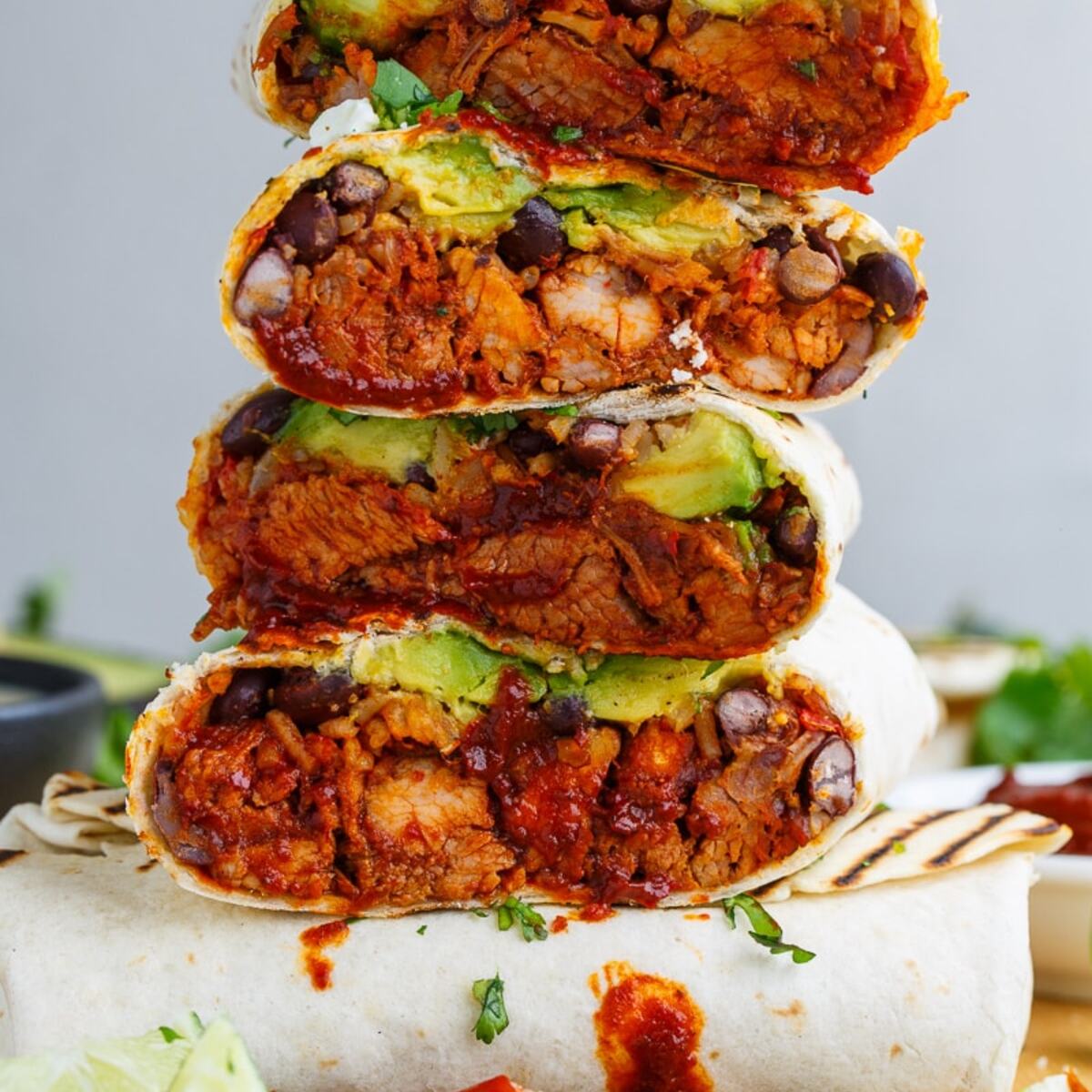MEXICAN
Mexican cuisine consists of the cooking cuisines and traditions of the modern country of Mexico. Its roots lie in Mesoamerican cuisine. Its ingredients and methods begin with the first agricultural communities such as the Maya who domesticated maize, created the standard process of maize nixtamalization, and established their foodways (Maya cuisine). Successive waves of other Mesoamerican groups brought with them their own cooking methods. These included: the Olmec, Teotihuacanos, Toltec, Huastec, Zapotec, Mixtec, Otomi, Purépecha, Totonac, Mazatec, Mazahua, and Nahua. With the Mexica formation of the multi-ethnic Triple Alliance (Aztec Empire), culinary foodways became infused (Aztec cuisine). Today's food staples are native to the land and include: corn (maize), beans, squash, amaranth, chia, avocados, tomatoes, tomatillos, cacao, vanilla, agave, turkey, spirulina, sweet potato, cactus, and chili pepper. Its history over the centuries has resulted in regional cuisines based on local conditions, including Baja Med, Chiapas, Veracruz, Oaxacan, and the American cuisines of New Mexican and Tex-Mex. After the Spanish Conquest of the Aztec empire and the rest of Mesoamerica, Spaniards introduced a number of other foods, the most important of which were meats from domesticated animals (beef, pork, chicken, goat, and sheep), dairy products (especially cheese and milk), rice, sugar, olive oil and various fruits and vegetables. Various cooking styles and recipes were also introduced from Spain both throughout the colonial period and by Spanish immigrants who continued to arrive following independence. Spanish influence in Mexican cuisine is also noticeable in its sweets such as: alfajores, alfeniques, borrachitos and churros. Asian and African influences were also introduced during this era as a result of African slavery in New Spain and the Manila-Acapulco Galleons. Mexican cuisine is an important aspect of the culture, social structure and popular traditions of Mexico. The most important example of this connection is the use of mole for special occasions and holidays, particularly in the South and Central regions of the country. For this reason and others, traditional Mexican cuisine was inscribed in 2010 on the Representative List of the Intangible Cultural Heritage of Humanity by UNESCO.
PORK BURRITO RECIPE
From AllRecipes
Ingredients
3 pounds bone-in pork shoulder roast
1 onion, sliced
6 cloves garlic, chopped
1 (1.25 ounce) package taco seasoning mix
6 cups water, or as needed to cover
1 (14.5 ounce) can diced tomatoes
1 (16 ounce) can refried beans
1 (4 ounce) can chopped green chiles, or to taste
1 (1.25 ounce) package taco seasoning mix
1 (16 ounce) package shredded Cheddar cheese
20 (10 inch) flour tortillas
¼ cup vegetable oil, divided
Instructions
Bring pork shoulder roast, onion, garlic, and 1 package taco seasoning to a boil in a large pot with enough water to cover. Reduce heat to medium-low and simmer until tender and no longer pink in the center, 2 to 3 hours. Check water level every 45 minutes, adding more as needed. Reserve about 1 cup cooking liquid.
Shred pork with a fork, discarding excess fat and bone. Stir in tomatoes, refried beans, green chiles, and remaining package of taco seasoning. If the mixture is too dry, add reserved cooking liquid.
Spread pork mixture evenly down the center of each tortilla; sprinkle with Cheddar cheese. Fold bottom and top edges of each tortilla over filling; roll sides up to enclose filling completely.
Heat 2 tablespoons vegetable oil a large skillet over medium heat; fry burritos in batches, seam sides down, until tortillas are golden, about 2 minutes per side. Drain fried burritos on a paper towel-lined plate.
 Photo from ClosetCooking
Photo from ClosetCookingWhat many recognize as Mexican cuisine is the product of a storied fusion of cultures and flavors. Its culinary adaptability has impacted its spread and popularity on a global scale and its presence in the United States is no exception. Culinary staples like tortillas, salsa, chips, chili, burritos, and tacos help to formulate many Americans' notions of Mexican food. Due in part to big business, immigration, and widespread likability, Mexican food and dishes have largely become regular constituents in American homes. While some of these popular iterations of Mexican food are far removed from their Mexican origins, they make up a large portion of the diets of many Americans. Burritos are the most common example of a mexican dish that, once brought to the US, became very heavily americanized and formed what we think of as traditionally mexican food, despite what we now see is a much more American take. Burritos are a dish in Mexican and Tex-Mex cuisine that took form in California cuisine, consisting of a flour tortilla wrapped into a sealed cylindrical shape around various ingredients. The tortilla is sometimes lightly grilled or steamed to soften it, make it more pliable, and allow it to adhere to itself when wrapped.